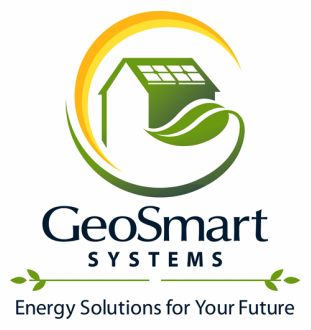Interconnection refers to technical and practical aspects of connecting the solar system to the grid. Utility companies require that we provide specific documents like IC application, engineering drawings and other pertinent information to justify solar at your site. Approval varies depending upon the utility company, it usually takes around 4-8 weeks. Once this process is complete, we will proceed with ordering your system and we will schedule the installation.
Net Metering refers to laws established on how a set of utilities must treat the power produced by a grid connected system. Under this agreement, electricity that is fed back into the grid is credited at the full retail rate (this rate varies by utility). Customers who produce some or all of their power on-site from their system, only pay for their net energy consumption during a set period. System eligibility and procedures for handling net excess generated electricity will vary by state and utility net metering policies.
Step 1: Evaluation of Current Energy Use
Why is this important? There are many ways to reduce usage which in the long run will provide significant cost savings. The first step is to reduce our carbon footprint, to understand what energy wasters are and what things we can do to conserve. Contact us for a free evaluation.
Step 2: Evaluation of true energy needs
Are you interested in clean power and saving energy costs?
Federal and local credits available (please see US Department of Energy webpage): http://www.dsireusa.org/
Step 4: Sizing your system
Customer secures financing if needed. We provide assistance to help you through the process.
Step 6: Purchase System
Once the system is designed, we order the panels, inverters, obtain or assist with obtaining necessary permits, install, connect and commission the system for you.
Net Metering refers to laws established on how a set of utilities must treat the power produced by a grid connected system. Under this agreement, electricity that is fed back into the grid is credited at the full retail rate (this rate varies by utility). Customers who produce some or all of their power on-site from their system, only pay for their net energy consumption during a set period. System eligibility and procedures for handling net excess generated electricity will vary by state and utility net metering policies.
Step 1: Evaluation of Current Energy Use
Why is this important? There are many ways to reduce usage which in the long run will provide significant cost savings. The first step is to reduce our carbon footprint, to understand what energy wasters are and what things we can do to conserve. Contact us for a free evaluation.
Step 2: Evaluation of true energy needs
Are you interested in clean power and saving energy costs?
- Are you already on the grid?
- What is the frequency of utility outages?
- Do you have a sunny location to mount PV modules?
- What is your energy use?
- What type of heating system do you use? Propane, Natural Gas, Fuel Oil, Wood, Geothermal or other source?
Federal and local credits available (please see US Department of Energy webpage): http://www.dsireusa.org/
Step 4: Sizing your system
- Correctly sizing the solar system to energy usage – maximizes energy yield
- Estimate cost and pay-back time of system
- If local incentives offered, we assist with application(s) if needed
Customer secures financing if needed. We provide assistance to help you through the process.
Step 6: Purchase System
Once the system is designed, we order the panels, inverters, obtain or assist with obtaining necessary permits, install, connect and commission the system for you.
